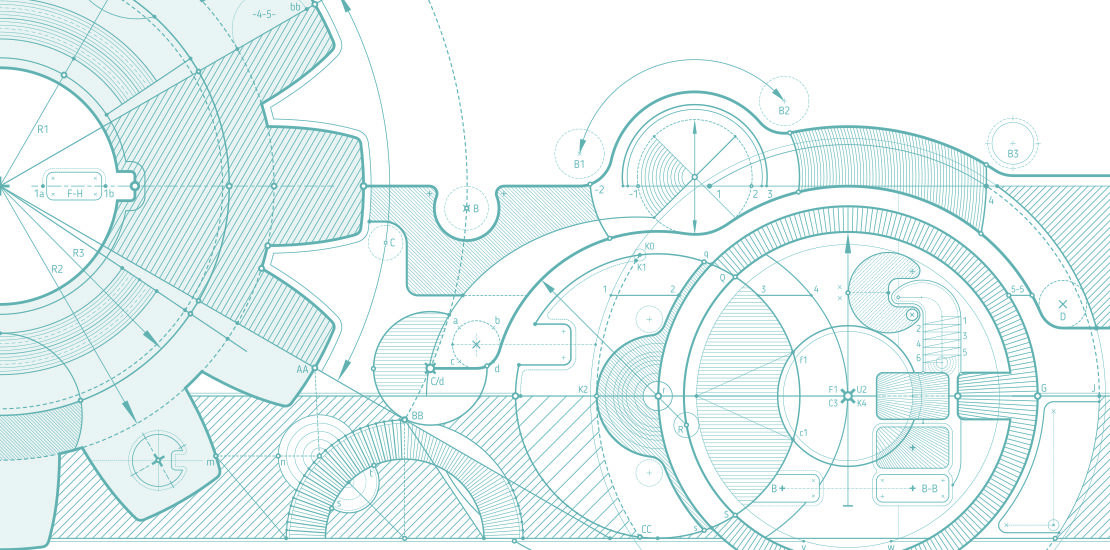Airtightness measures (CP760)
Date: 26th Sep 2018

This project used airtightness tests to identify sources of uncontrolled ventilation and cold spots in poor energy efficiency (SAP bands D G) properties in a rural area of Wales, highly exposed to sea winds, often solid walled or other hard to treat (HTT) construction, and most not being served by mains gas. Results of the tests highlighted appropriate airtightness measures which could be installed to address and reduce uncontrolled air exchange, to provide energy savings and improved comfort to the residents, vulnerable to fuel poverty.
The project had the following aims:
- Identify and install appropriate measures required to address airtightness issues in poorly insulated homes in an exposed rural area of Wales these were of a wide variety of construction types such as older solid walled terraced properties, holiday bungalows converted to be homes, and some detached homes, all with low energy efficiency.
- Assess any change in residents’ comfort both reported in questionnaires, and measured using temperature and humidity monitors after install of the airtightness measures,
- Monitor any change in energy use for heating, following airtightness measures,
- Monitor any change in air quality i.e. carbon monoxide and carbon dioxide levels in homes, to see if reducing ventilation by sealing up draughts might worsen air quality,
- Determine the effectiveness and cost effectiveness of airtightness measures to improve energy efficiency and reduce fuel poverty in HTT properties.
Resources
© 2025 NEA all rights reserved.



